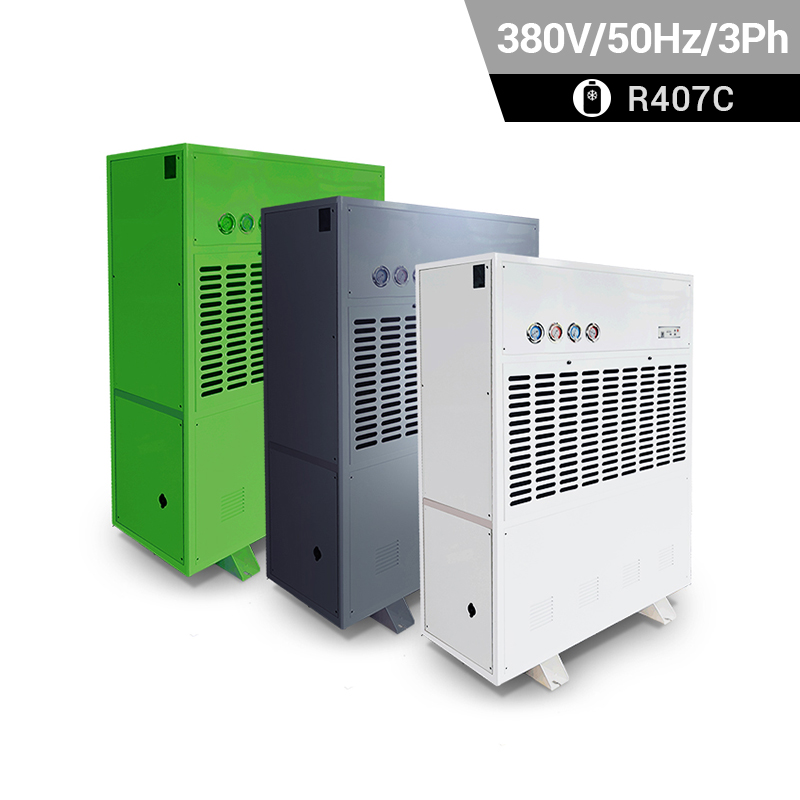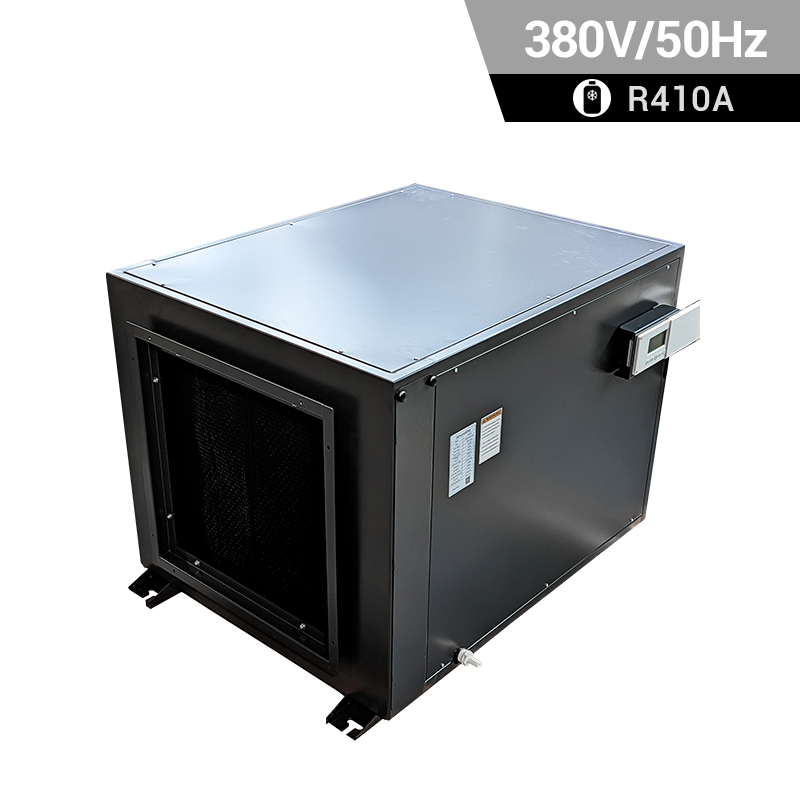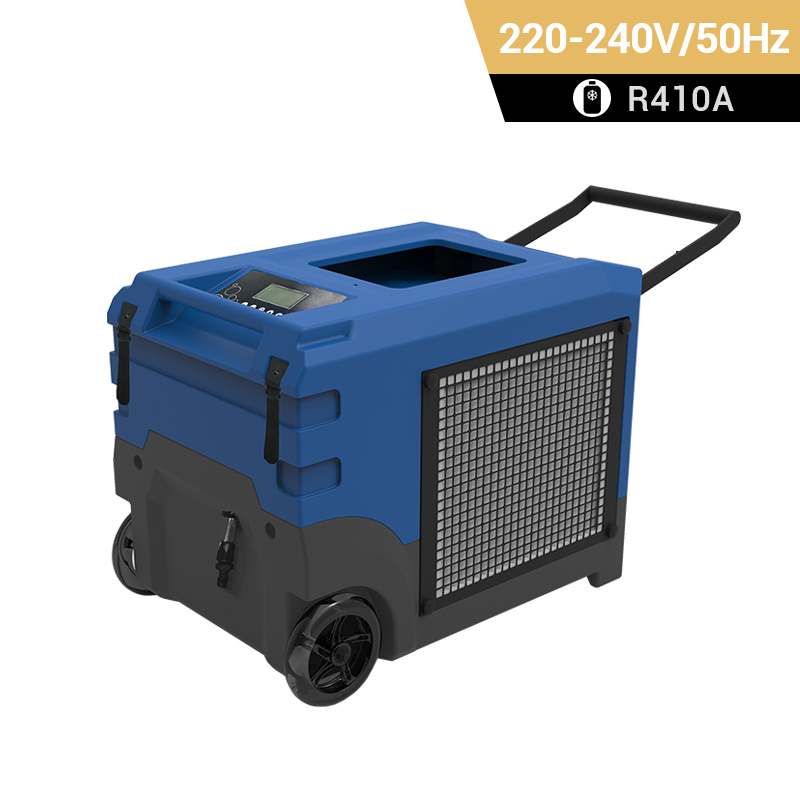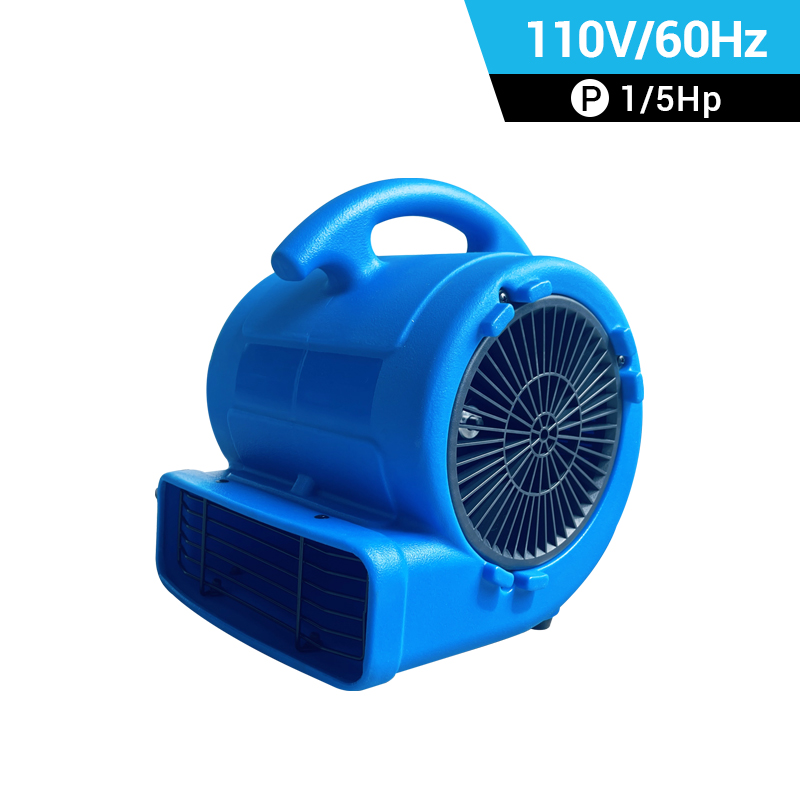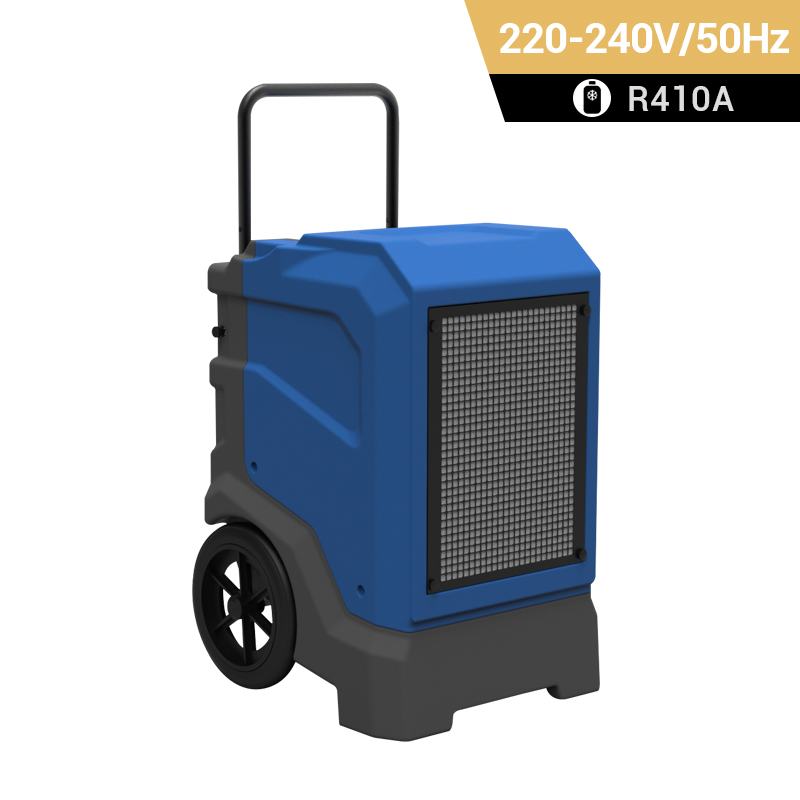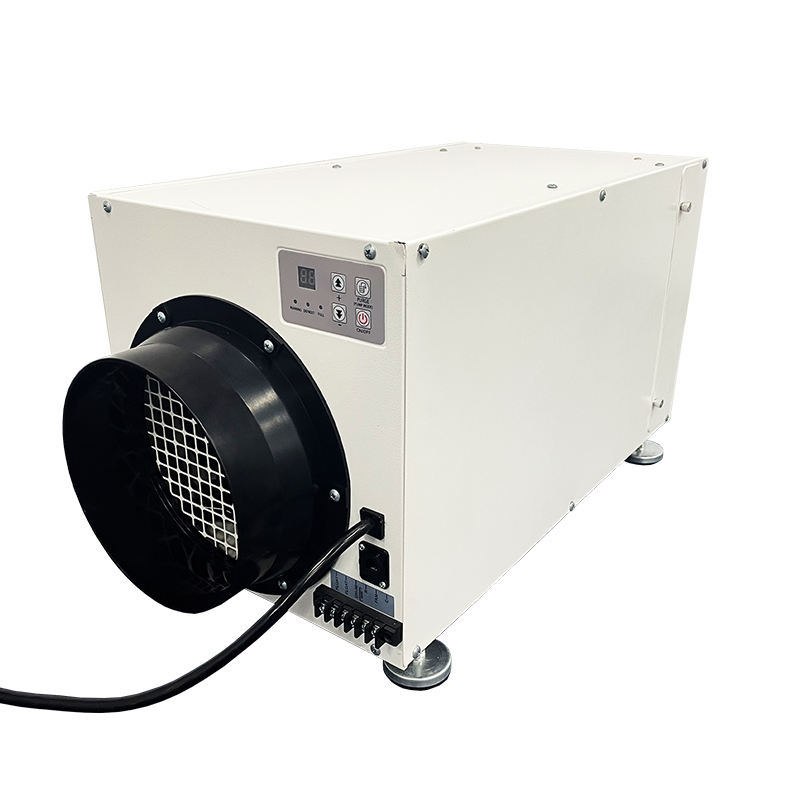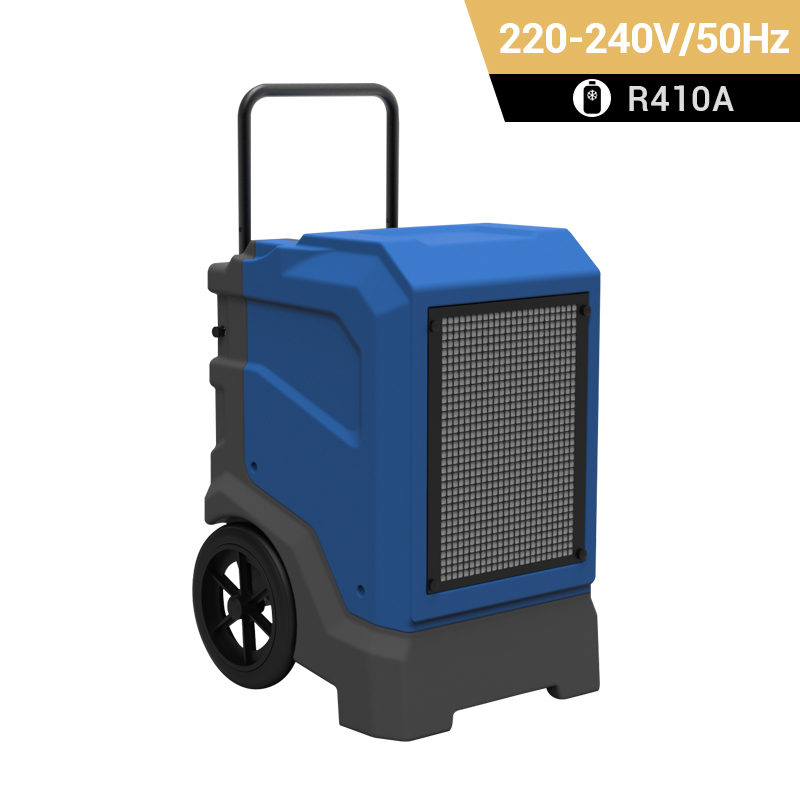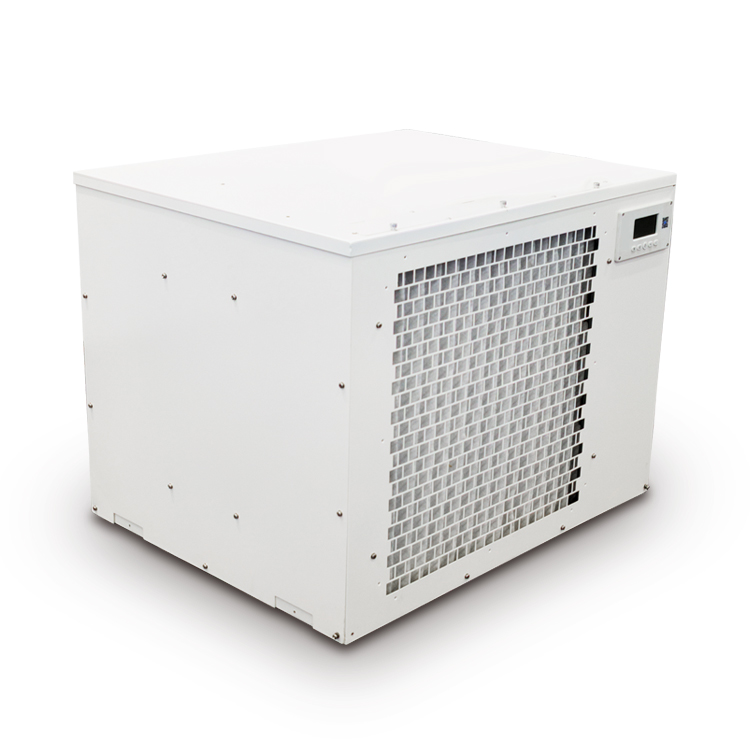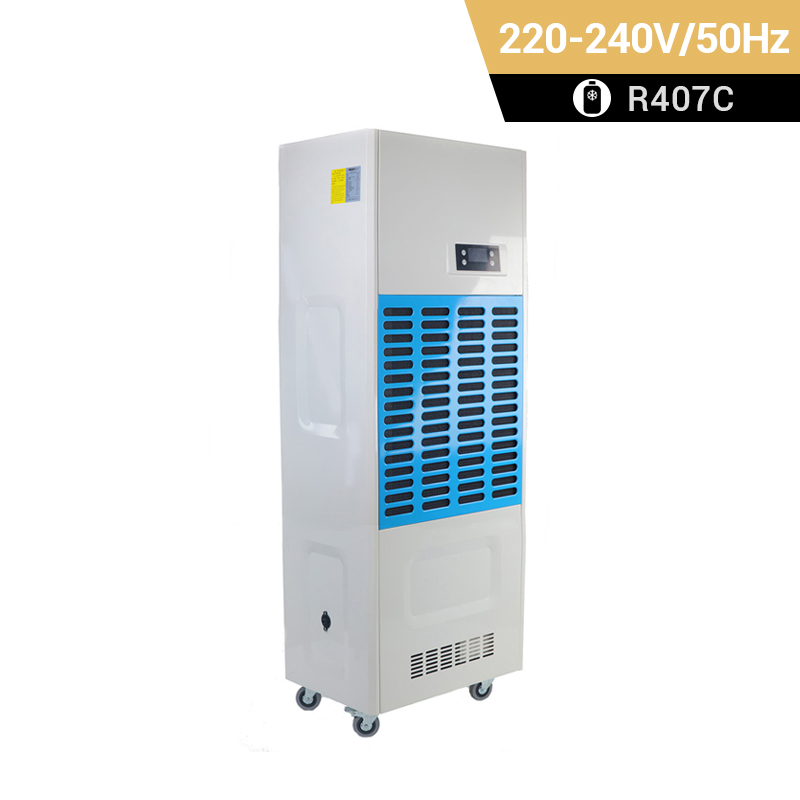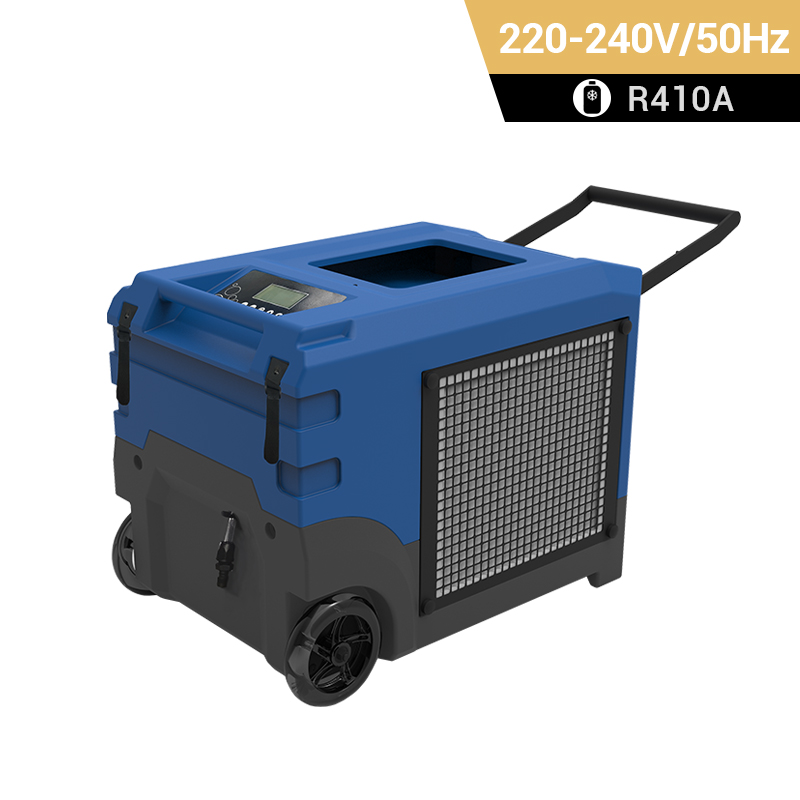 +86-13376814803
+86-13376814803  robert@hzhongtai.com
robert@hzhongtai.com
Industrial Dehumidification Equipment
Industrial dehumidification equipment plays a crucial role in various industrial processes by controlling and maintaining the humidity levels in a controlled environment.
High Moisture Removal Capacity:
Effective industrial dehumidifiers have a high moisture removal capacity, ensuring efficient and rapid extraction of moisture from the air.
Energy Efficiency:
Energy-efficient models are designed to minimize power consumption while providing optimal dehumidification performance. This is crucial for reducing operating costs and environmental impact.Wide Operating Range:
Sustainable dehumidifier can operate effectively across a wide range of temperatures and humidity levels, making them versatile and suitable for different industrial applications.Durable Construction:
Robust and durable construction materials ensure that the equipment can withstand the often harsh conditions of industrial environments, providing longevity and reliability.Low Maintenance Requirements:
The industrial size dehumidifier with low maintenance requirements is cost-effective and reduces downtime. Features such as easily accessible filters and simple maintenance procedures contribute to overall efficiency.Advanced Control Systems:
Integration with advanced control systems allows for precise and automated humidity control. Some models may include programmable settings, remote monitoring, and the ability to interface with other industrial systems.Customizable Settings:
The ability to customize settings, such as humidity levels and fan speeds, enables users to tailor the dehumidification process to specific requirements, ensuring optimal performance for various applications.Quiet Operation:
Low noise levels are essential, especially in industrial settings where noise pollution can be a concern. Industrial dehumidifiers designed for quiet operation contribute to a better working environment.Portability and Mobility:
Some industrial dehumidifiers are designed with wheels or handles for easy portability, allowing them to be moved and positioned as needed within a facility.Integration with HVAC Systems:
Integration with existing heating, ventilation, and air conditioning (HVAC) systems enhances overall climate control efficiency, making it easier to manage both temperature and humidity in industrial spaces.Safety Features:
Incorporation of safety features such as automatic shut-off in case of malfunctions or abnormal conditions helps prevent damage to the equipment and ensures the safety of the industrial environment.Environmental Considerations:
Some industrial dehumidification equipment is designed with environmentally friendly refrigerants and materials, aligning with sustainability goals and reducing the environmental impact.When selecting industrial dehumidification equipment, it's essential to consider the specific needs of the industrial process, the size of the space, and any unique environmental conditions.
Related Products



